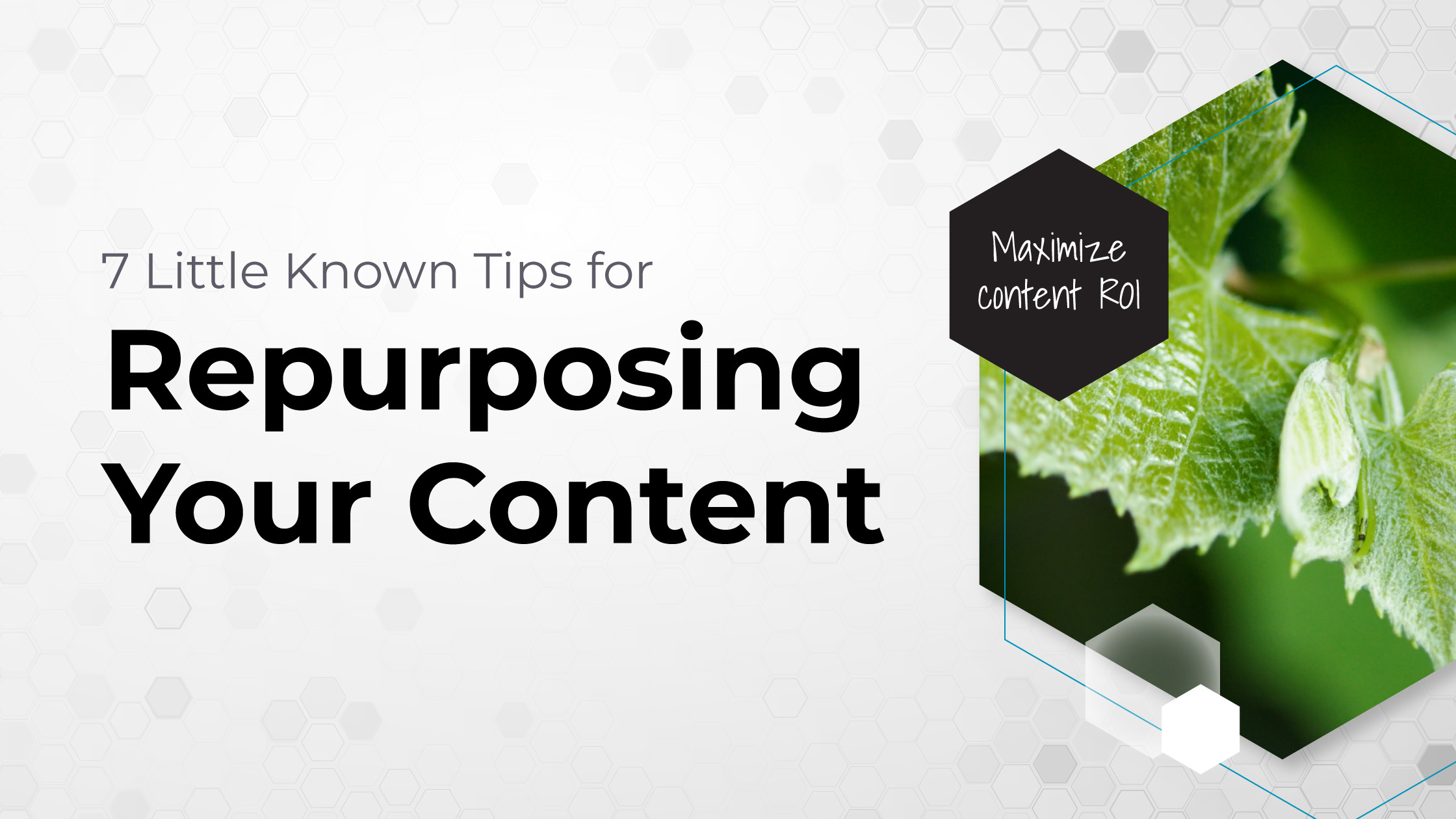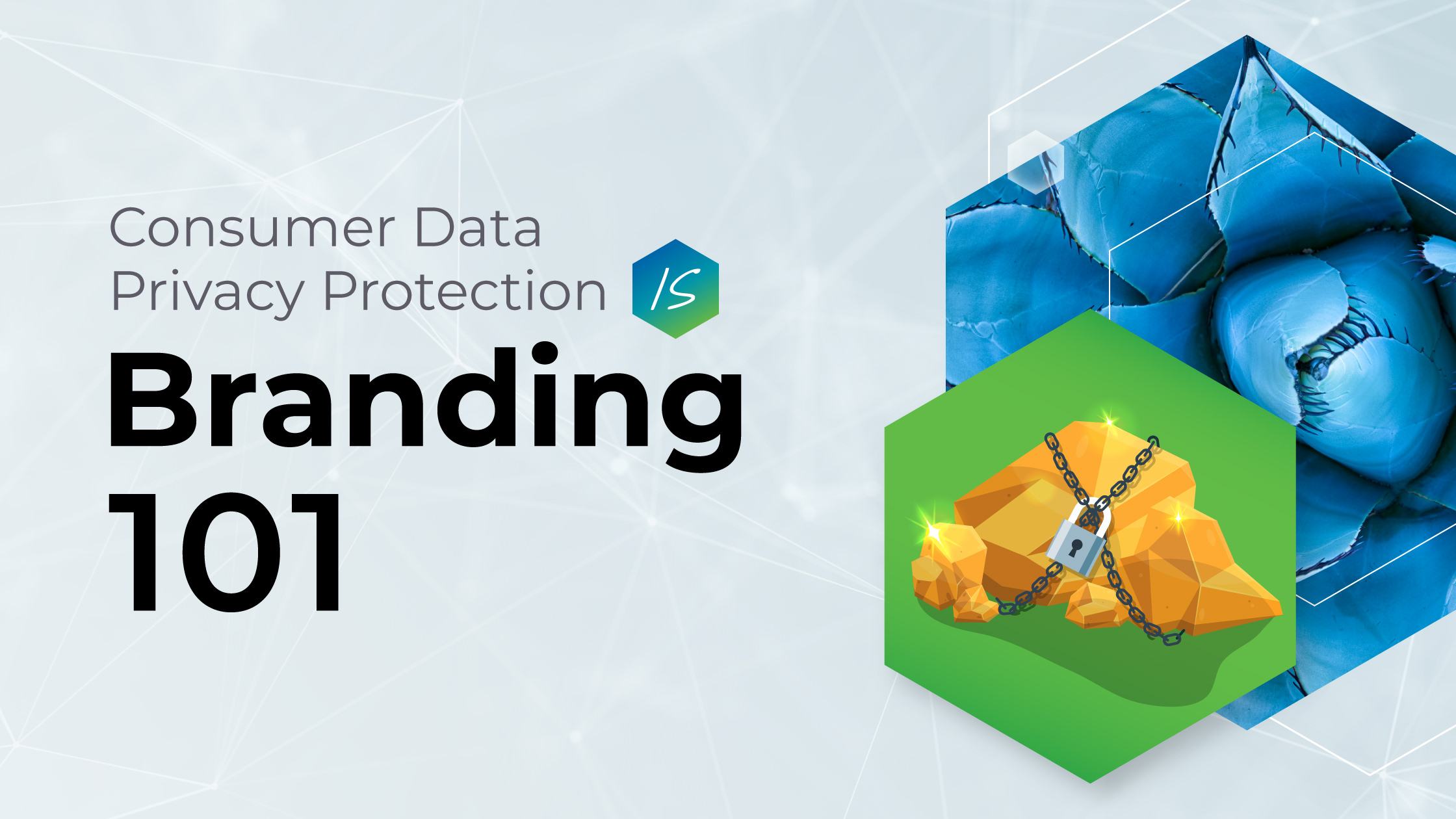Account-based marketing (ABM) uses data and research to align audiences to a customized journey through the sales process.
ABM scans the marketplace, lasers in on a high-value customer segment or often a single account, and then creates a hyper-personalized content strategy for the selected target, with the obvious goal of acquiring them as a new customer/client.

ABM is maybe the biggest “Duh!” we can think of. OF COURSE marketers and their agencies should manage time and resources in this way.
However…
A number of brands read the definition of account-based marketing and incorrectly conclude that they’re already practicing it. But automation systems that perform avatar-based personalization are not ABM. And that’s just one of the big misconceptions about it.
So, without further ado, here are three ABM myths that we humbly invite you to stop believing (and tell your friends to do the same!):
Myth #1: “Lead-based marketing makes me $, so I don’t need ABM”

Lead-based marketing (also known as inbound marketing) aims to create general interest in your product/service, and then cast a wide net to catch a bunch of fish (aka: clients/customers) who see value in that product/service.
And it often works! So if you caught enough fish today to keep the lights on, you’re a business champ, right?
Except…
Watch out for the downsides of lead-based marketing….
1. Lead-based marketing doesn’t allow for truly precise targeting.
A “lead” is often a catch-all phrase for “a person who raised their hand”. But who exactly is this person? Are they even a “lead” yet? Or are they simply a “responder” with limited interest? An MQI? Basic MQL or SQL? Your neighborhood barista? How can you be sure?
A simple hand raise isn’t enough. We need to know more.
- When did they raise their hand?
- Did they consult anyone before the initial hand raise?
- Do we even WANT them to raise their hand? (AKA: Are they right for our business?)
- What action did they take before and after?
- What content gaps do we need to fill in order for this lead to enthusiastically take the next step, and the next?
- Does anyone else have to sign off on what comes next (hello, complex and long B2B sales funnels)?
A lead-based strategy leaves too many question marks hanging. Its “bring in all the fish” approach is not useless (we like fish!), but it needs to be paired with data-centric and account-specific targeting, which is where ABM shines.
2. You’re risking delivery inefficiencies.
If the wide-net approach brings in fish who are not actually ideal clients/customers at all, your delivery team will face the joys of a friction-filled engagement.
The optimists in the room will say that those mismatches can be caught early enough to make this a non-issue, but here’s another perspective:
Why spend a single second debating whether a fish needs to be thrown back? Your team could be doing 48 other value-driving things for the business.
Why not implement a system (ABM) that only pulls up the best fish for your brand’s unique offerings?
Precise targeting sets your delivery team up to work only with right-fit clients. This provides greater job satisfaction for your talent, and increases the likelihood that your happy clients will then turn into MoM, QoQ, and YoY recurring revenue.
Speaking of which…
3. Lead-based marketing will make you money, but not ALL the money.
Maybe the biggest downfall of the wide-net approach of lead-based marketing is that it functions with a degree of sloppiness that inevitably leaves fish (aka: cash money) on the table. Here’s how:
Targeting an ocean of fish means that you’re not really targeting at all. Your keywords, audience demographics, channel selections, content formats, and all campaign messaging has to remain broad enough to be accessible for all the fish passing by. This means that you’ll probably never be able to deliver highly customized campaigns with niche creative and content (aka: the highest-converting kind).
Because you’re hearing your growth team say things like “target keywords” and “lookalike audiences”, you might be thinking, “My campaigns ARE highly targeted. And revenue is coming in, so I’m good!”
But if you dropped your high-value keywords into the Pacific Ocean (that thing is 63 million square miles!), was that really a targeted campaign? That’s what lead-based marketing does.
It’s almost a certainty that another 10, 100, or 1,000 of your ideal fish were swimming nearby when you threw that big net out, but a lead-based marketing net is easy to overlook, so all those extra fishies (additional revenue) didn’t even notice you.
Lead-based marketing loves lead quantity. ABM knows that lead quality is where it’s at.
Instead of an enormous net, ABM uses one of those tiny fish tank scoopers to bring the right volume of right-fit fish into your boat at the right time.
So yes, lead-based marketing is generating sales for lots of brands, and there are several optimization tactics that have been proven to increase lead volume, so you could carry on as is.
But is it the most effective way to maximize revenue through acquisition and retention? We say an unequivocal NO to that.
ABM delivers consistent, high-value conversions by more efficiently directing your time, talent resources, and of course, your paid media spend.
Myth #2: “Marketers should own ABM”
The word “marketing” is baked right into the name, so account-based marketing should be the domain of the marketing team, right?
This thinking is another reason why many organizations believe they’re practicing ABM when they’re not.
By definition, ABM requires a high degree of collaboration and alignment between sales and marketing.
- If the sales team is asked to approve the marketing team’s ABM strategy, that’s not ABM.
- If there isn’t tight-knit coordination between the marketing and sales’ teams use of offers and product narrative, that’s not ABM.
- If account-specific personalization is not happening, it’s definitely not ABM. Or if that level of personalization is happening only on the marketing side but not in the sales funnel (or vice versa), that’s also not ABM.
ABM works because sales and marketing teams mutually agree on target accounts at the outset, and then align messaging, campaign triggers, and metrics goals across the entire funnel. Further, there needs to be a clearly defined hand off in the process from marketing to sales. When is a prospect ready? How are they passed off? What systems or tools are necessary to enhance/automate this process?
To deliver the pipeline growth and revenue increases that every performance marketer is seeking, your ABM program must be a close collaboration between your sales and marketing teams.
Myth #3: “ABM works fine without PLG (product-led growth)”
Here’s a scenario we’ve seen play out a time or two:
Shortly after revenue teams get excited about ABM, someone asks about PLG (product-led growth).
Product-led growth is what it sounds like: customer acquisition and business growth that’s driven by the product itself. Large SaaS brands like Dropbox and Slack have used it very successfully, but the notion applies universally and balances ABM well.
So back to our faux scenario…
After some internal discussion about ABM and PLG, someone will reach the conclusion that implementing two new methodologies at once is just a bit too much, so one (or *gasp* both) gets pushed to next quarter’s “maybe” pile.
That’s when we do this…

ABM and PLG need each other. It’s a myth that separating them is no big deal.
You can think of PLG as the ‘bottom up’ approach that analyzes the end user experience with the goal of optimizing performance and capitalizing on new product opportunities.
Show the potential customer your awesome, and then LISTEN to them before you make your next round of awesome improvements.
(We all agree this is another “Duh!” situation, right?)
Product-led growth looks like car test drives, ice cream try-before-you-buy tastes, complimentary color matches at Sephora, and clearly, it’s all over the SaaS landscape.
Product-led growth is upsell-cross-sell at its finest.
And coming from the other direction, ABM is a ‘top down’ model that focuses on the nearer-term revenue opportunities in engaging and converting a highly-targeted customer/client. It is the origin of ‘marketing done right’.
Learn your client inside and out, create a message that is uniquely appealing, and utilize media with the narrowest targeting possible.
PLG works to future-proof your profit margins and competitiveness, while ABM optimizes your revenue KPIs today. They are not mutually exclusive.
ABM says, “We’re going to cherry pick our dreamiest clients and ask them on a date”.
PLG says, “And then we’re going to show them our goods and they’ll immediately want to get married”.

Every sustainable product-based business could utilize both of these performance areas operating in lockstep, which is why using PLG but ignoring ABM, or vice versa, is a misstep that we would caution against for many brands, whether your model is D2C, B2B high volume or B2B low volume.
Your ABM (Account-Based Marketing) Takeaways
- ABM (account-based marketing) combines sales and marketing data and research to select and target accounts with highly customized content and messaging.
- Lead-based marketing is arguably the most commonly practiced marketing methodology – it’s also inherently inefficient and unable to deliver the conversion rates that ABM can.
- In a true ABM model, collaboration between sales and marketing is not optional. If the two teams aren’t working closely, you are not practicing ABM.
- Many brands believe they’re practicing ABM principles because they’re deploying targeted campaigns, but they are in fact practicing lead-based marketing that lacks customer-specific targeting.
- ABM and PLG are two sides of a performance coin. Sustainable bottom line growth demands the implementation of both.




